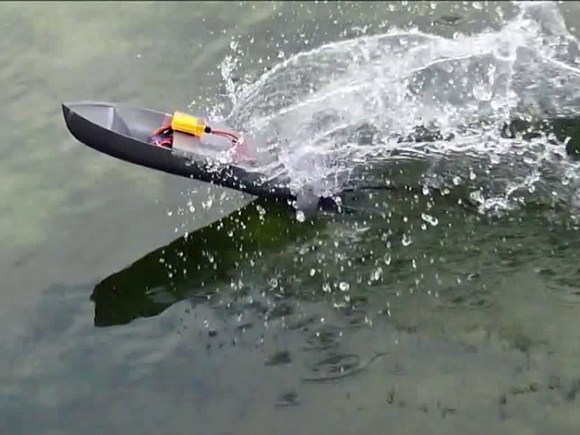Hydrofoils have been around for several decades, but watching a craft slice through the water with almost no wake never get old. In the videos after the break, [rctestflight] showcases his ambitious project: transforming a standup paddleboard into a rideable hydrofoil with active stabilization.
Unlike conventional electric hydrofoil boards that depend on rider skill for balance, [rctestflight] aims to create a self-stabilizing system. He began by designing a small-scale model, complete with servo-controlled ailerons and elevators, dual motors for differential thrust, and a dRehmFlight flight controller. A pair of sonar sensors help the flight controller maintain constant height above the water. The wings are completely 3D printed, with integrated hinges for flight control surfaces slots for wiring and control components. It’s better suited for 3D printing than RC aircraft since it’s significantly less sensitive to weight, allowing for more structural reinforcement. The small scale tests were very successful and allowed [rctestflight] to determine that he didn’t need the vertical stabilizer and rudder.
The full-sized version features a scaled up wing, larger servos and motors attached to an 11-foot standup paddleboard — minus its rear end — mounted on commercially available e-foil booms. A foam battery box stores a hefty LiFePO4 battery, while the electronics from the smaller version are repurposed here. Despite only catching glimpses of this larger setup in action at the end of the video, it promises an excitingly smooth lake ride we would certainly like to experience.
We’ve seen several 3D printed hydrofoils around here, but this promised to be the largest successful attempt. Don’t fail us [Daniel].
Continue reading “3D Printed Hydrofoil Goes From Model Scale To Human Scale With Flight Controller”



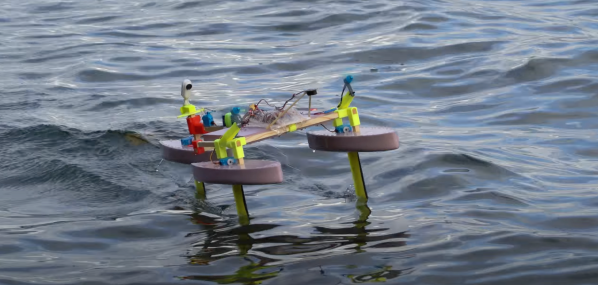
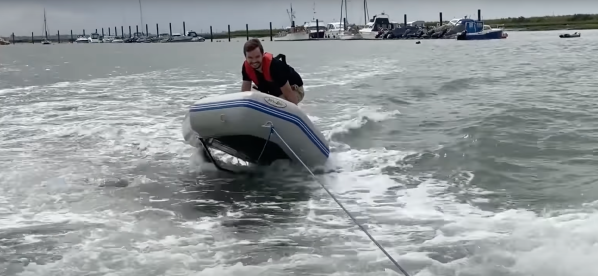
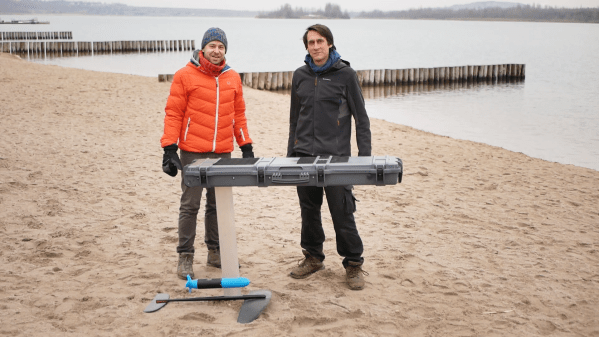

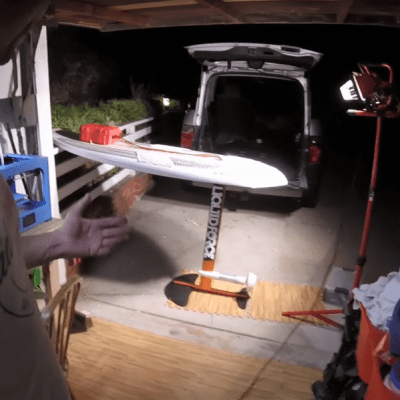 That may or may not be [pacificmeister]’s goal with his
That may or may not be [pacificmeister]’s goal with his 